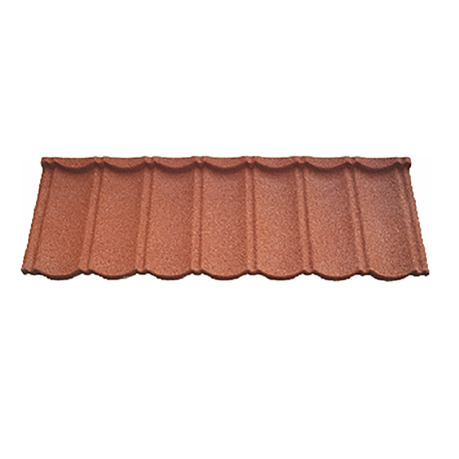
Awst . 14, 2024 22:10 Back to list
Understanding the Impact of Roofing Tar on Shingles and Its Long-Term Effects on Roof Performance
The Role of Roofing Tar on Shingles
Roofing tar has long been an essential component in the construction and maintenance of roofs, particularly when it comes to shingles. Known for its waterproofing properties and adhesion capabilities, roofing tar serves functional and protective purposes, making it a preferred choice among roofing professionals and homeowners alike.
Understanding Roofing Tar
Roofing tar is a viscous substance, typically made from the distillation of coal tar or asphalt. It is used in various roofing applications, especially in the installation and repair of asphalt shingles. The primary function of roofing tar is to create a water-resistant barrier that prevents moisture from penetrating the underlying structure of a roof. When applied properly, roofing tar can significantly extend the life of both the roofing system and the home itself.
Applications of Roofing Tar on Shingles
1. Installation of Shingles During the installation process, roofing tar may be used as an adhesive to secure shingles in place. This is especially crucial in areas prone to high winds, as tar can help ensure that shingles remain firmly attached to the roofing surface. The application of tar during installation improves the overall durability and longevity of the roof.
2. Sealing and Repairing Over time, shingles can become damaged due to weather conditions such as heavy rain, snow, hail, or extreme temperatures. Cracks, splits, or lifting shingles can be effectively sealed with roofing tar. Its adhesive properties allow it to fill gaps and cracks, preventing water intrusion and further damage. Additionally, it can be used to repair flashing around chimneys and vents, enhancing the roof’s overall integrity.
3. Preventing Algae and Mold Growth While roofing tar is primarily known for its waterproofing capabilities, it also acts as a deterrent against algae and mold growth, which can be particularly problematic in humid climates. By sealing the surface of the shingles, roofing tar minimizes the moisture that promotes such growth, contributing to the roof’s maintenance.
Advantages of Using Roofing Tar
roofing tar on shingles

Using roofing tar on shingles offers several advantages
- Cost-effectiveness Compared to other roofing materials, roofing tar is relatively inexpensive and widely available, making it a practical choice for homeowners and contractors.
- Versatility Roofing tar can be applied in various weather conditions, allowing for repairs and installations to be completed promptly.
- Longevity When applied correctly, roofing tar can enhance the lifespan of shingles, reducing the need for frequent repairs or replacements.
Precautions and Considerations
While roofing tar is beneficial, it is essential to consider some precautions when using it. First, proper ventilation is crucial during application, as the fumes from roofing tar can be hazardous. Homeowners should also ensure that the roofing surface is clean and dry to achieve optimal adhesion. Finally, periodic inspections of the roof are recommended, as the effectiveness of roofing tar may diminish over time and may require reapplication.
Conclusion
In conclusion, roofing tar plays a vital role in the installation and maintenance of shingle roofs. Its waterproofing properties, combined with its adhesive strength, make it an invaluable asset in both new constructions and repairs. With proper application and periodic maintenance, roofing tar can help ensure a home remains protected against the elements, ultimately contributing to its longevity and value.
-
Premium Round Asphalt Shingles: Durable & Elegant Roofing
NewsAug.01,2025
-
Eco-Friendly Clay Tiles | AI-Enhanced Durability
NewsJul.31,2025
-
Durable Shingle Granules for Premium Roofs
NewsJul.31,2025
-
Stone Coated Metal Roof Tile-Roman Tile for Durable Roofing Solutions
NewsJul.30,2025
-
Stone Coated Metal Roof Tile-Wood Grain Tile for Durable Roofing
NewsJul.30,2025
-
Stone Coated Metal Roof Tile-Nosen Tile: Durable, Stylish Roofing Solution
NewsJul.29,2025







